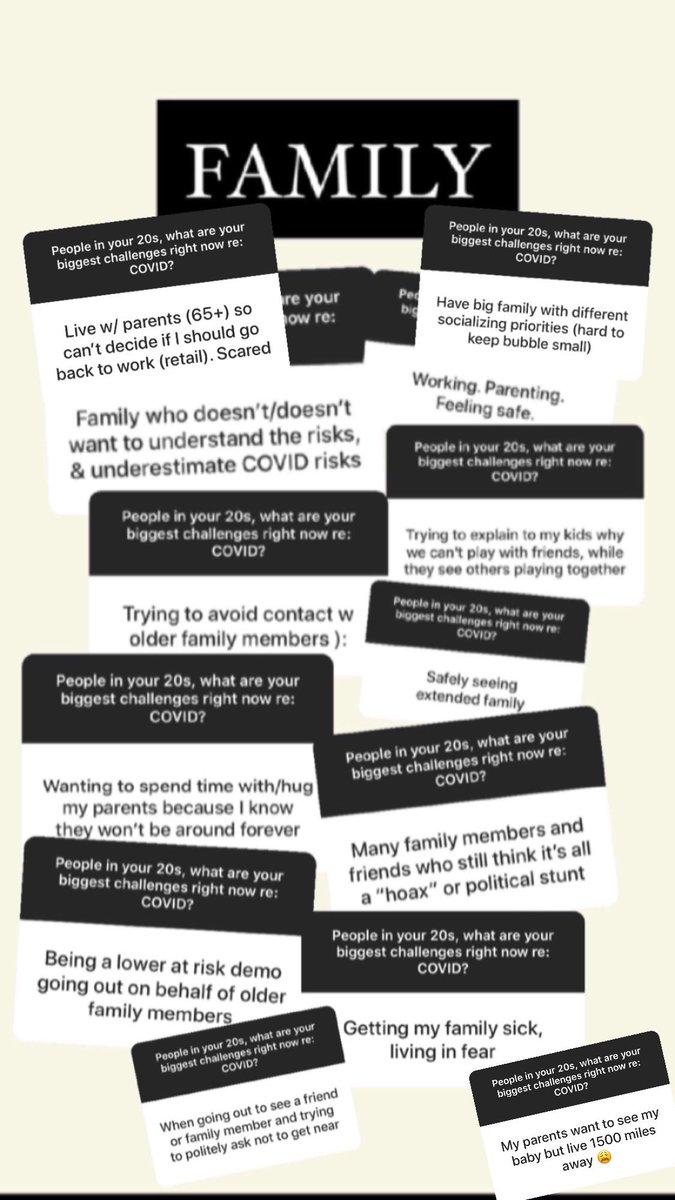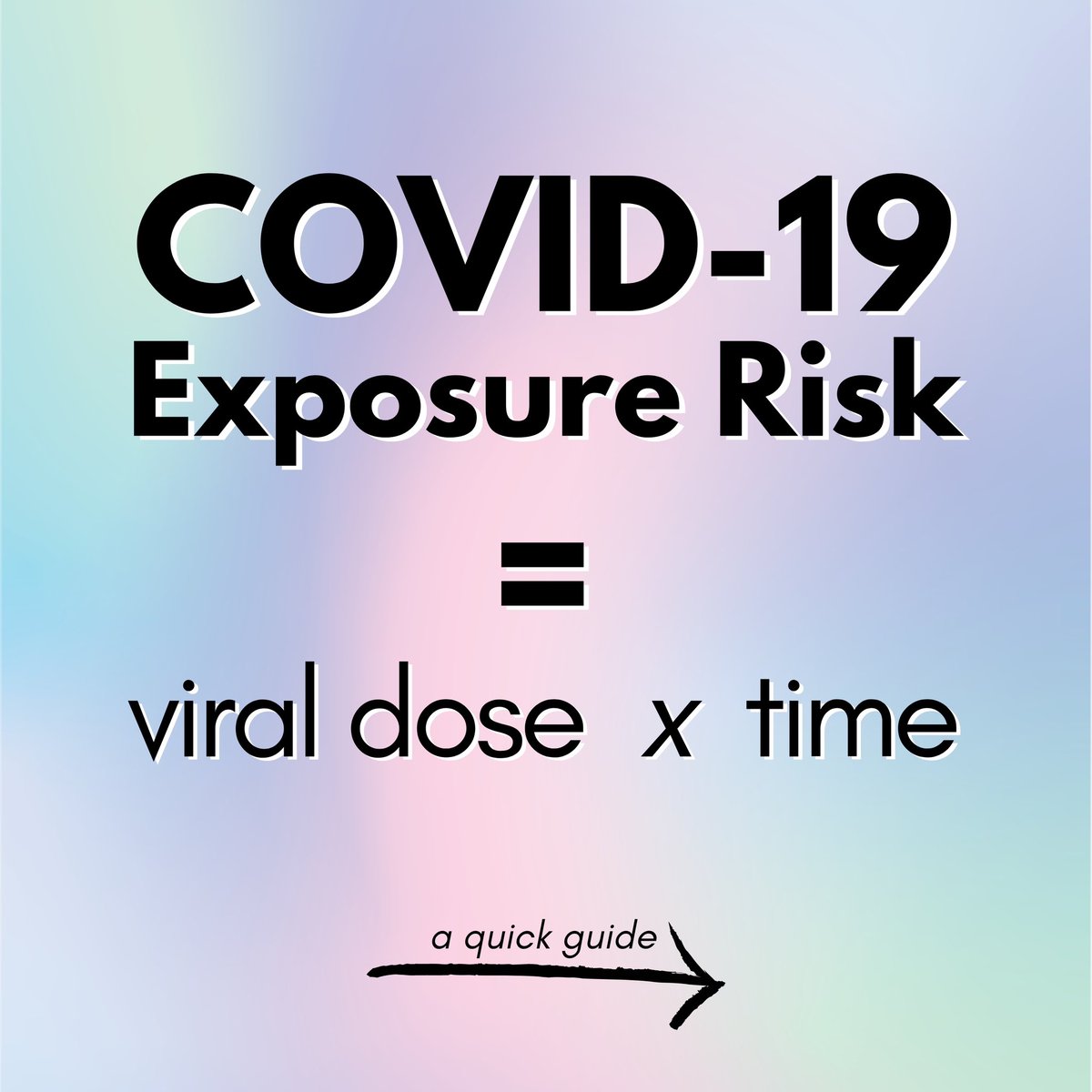
A friendly reminder to always approach the topic of vaccinations with empathy. Hesitancy is complex & has many layers.
ie. this week, I've been receiving a lot of msgs from people scheduled for 1st or 2nd AstraZeneca vax. They want a vaccine but are SO anxious from the news 😔
ie. this week, I've been receiving a lot of msgs from people scheduled for 1st or 2nd AstraZeneca vax. They want a vaccine but are SO anxious from the news 😔
Anxiety is also high in those who recently received their 1st dose & are now seeing headlines that have them on edge.
I am glad the potential rare side effect of clots has been so transparently shared by experts & media.
But all the more reason to be kind in our scicomm 💕
I am glad the potential rare side effect of clots has been so transparently shared by experts & media.
But all the more reason to be kind in our scicomm 💕
I've had anxiety forever (in the midst of finding a new therapist now!🎉), so I feel each one of these messages in my core.
This pandemic really sucks.
I hope through empathetic scicomm with culture + trauma-informed approaches to hesitancy we can end it sooner.
This pandemic really sucks.
I hope through empathetic scicomm with culture + trauma-informed approaches to hesitancy we can end it sooner.
PS. If you've also been feeling anxious over the news about this vaccine, I sincerely hope this video can help:
https://twitter.com/heysciencesam/status/1380914793410859008?s=20
• • •
Missing some Tweet in this thread? You can try to
force a refresh







